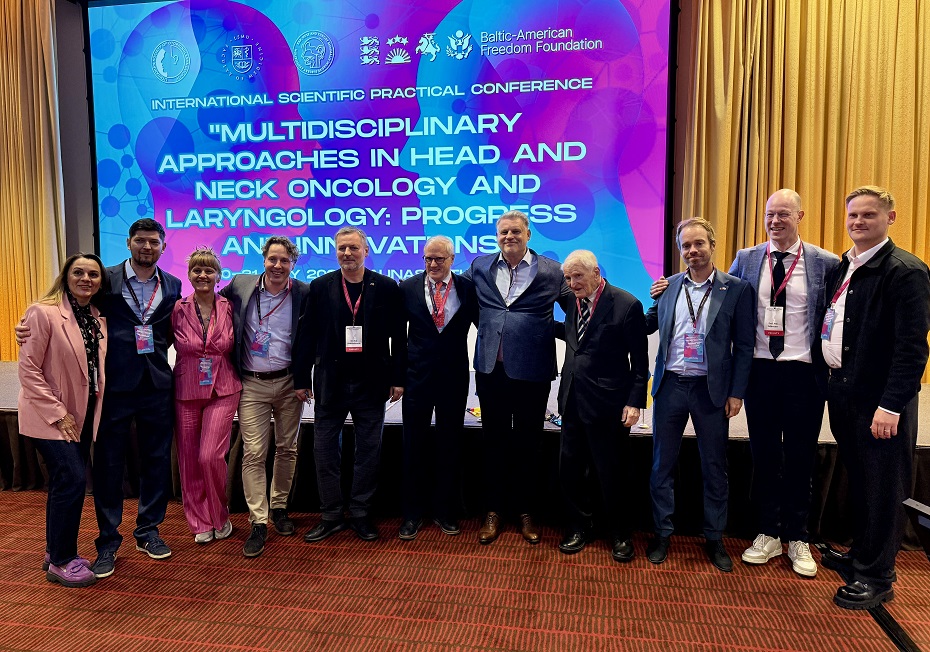Furniture made of waste plastic

There is a lot of talk about waste recycling in Europe, but the results are not optimal. Large differences between countries are noticeable. In some places, they process more than two -thirds of waste, only a fifth elsewhere. Plastics remains one of the major problems, so it seems like a project Baked furniture designers Nine Mršnik and Nuša deer So much more important and interesting.
The designers have a colorful and diverse educational and creative path. Nina Mršnik graduated from industrial design at the University of Venice for Architecture, in the meantime she studied in Aveir, Portugal, in the direction of visual communication and art, and a master’s degree in product design at the King’s College in London. Before returning to Slovenia in 2010 and establishing a group, a group of volunteer designers, architects and craftsmen, she traveled around the world and worked on various projects, including for Jurgen Bey. She led the Venetian and Piran edition Pop-up at homeparticipated in the culinary collective Trapez and, as part of the international band The Mobile Workshop Group in Moscow, Ljubljana and London, led design workshops. He is currently dealing with Bosnian chiles, drawing portraits and baking waste plastic in a home -made brick.
Nuša Jelenec graduated from industrial design at the Academy of Fine Arts and Design of the University of Ljubljana. She supplemented her studies at HDK – the School of Design and Craft the University of Gothenburg. After completing her studies, she worked at the Italian furniture company Lago, for which she designed a bed Col-Letto and received an international award for her Elle Decoration International Design Award. After returning to Slovenia, she co-founded several multidisciplinary collectives: ROMPU Institute (Design Production), Trapez (Culinary Collective) and Re-Generation (Society for Social and Environmental Responsive Design), a common collaborative space for the Creative Zone Šiška and a multi-year project and a multi-year project Pop-up home (temporary sales exhibition works by young Slovenian designers). Since 2009, it has been working independently and within different groups in various projects that ranging from industrial and interior design to events design and sustainable design.
The system makes it yourself
A third of plastic waste is recycled in Europe, although most of the plastic packaging today. As a rule, it is discarded at home after use, although it could be turned into useful items. This would require smaller house recyclable devices to replace the larger ones at their disposal, but of course they are inaccessible to the general public. They deal with this issue within the project Baked furniturewhich transmits the processing process from distant production facilities to a smaller environment, can also be domestic, by the system itself. With the help of a home -made brick, waste flakes of plastic can be melted and converted into a semi -finished product – a plastic plate that is the basis for making furniture.
Nina Mršnik and Nuša Jelenec first introduced themselves to the concept for the first time seven years ago at the Museum of Architecture and Design. Their furniture was ranked as accompanying projects 25. Biennial of Design (BIO 25), was also presented as an example of good practice at a special exhibition within the international conference Circular Change. It is undoubtedly an innovative project that also convinces with the simplicity of transmitting waste plastic in recycled form. Individual pieces of furniture are aesthetic and attractive, no one could estimate that they are actually made of former bottles and packaging. Each piece is unique, just as any plate from which it is created, and can be transformed into new plastic panels or disassembled into individual plates and re -assembled into a new product.






:format(webp)/s3/static.nrc.nl/images/gn4/stripped/data132134012-36b090.jpg)
